Installing Ubuntu on your Hard Disk
First and foremost, create an ext3 or ext2 partition on your hard disk using some software, I used Partition Magic as it is the least complicated to use.
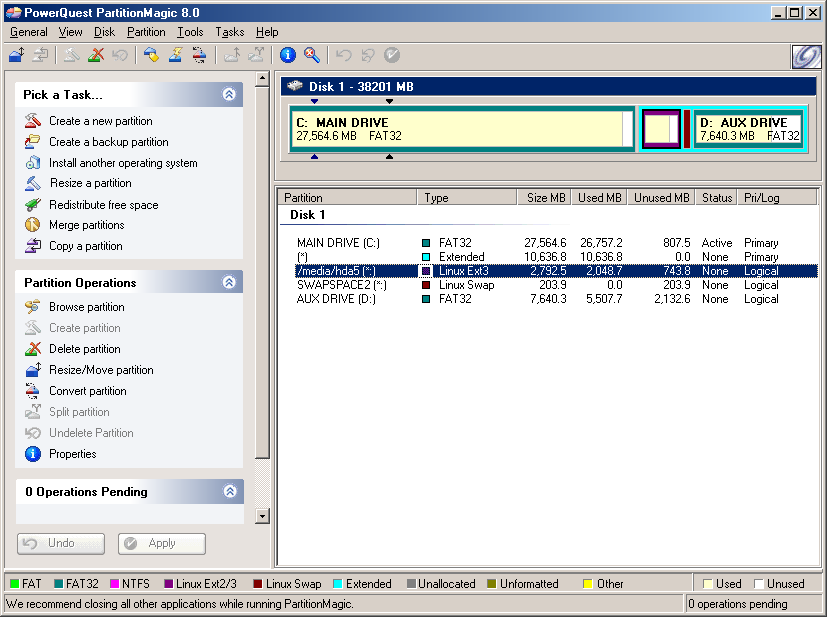
You can also borrow a Knoppix (another Linux type) disk and use a program called QTParted in case you don't have the Windows software available. I use a 2.9 GB ext3 partition which is sufficient for all my trysts with Linux (leaving about 700 MB free). There is also something called a swap partition, people say that it should be about twice the size of your RAM but usually allocating so much space is useless. Initially I had a 512 MB swap partition (for 256 MB RAM), but then realised that it was remaining empty for almost all the time, so I reduced it to about 200 MB and my system still runs fine!
For installing Ubuntu, you must set up your computer to be able to boot up from the CD ROM.
After booting up you will see a screen like this, simply press Enter to continue.
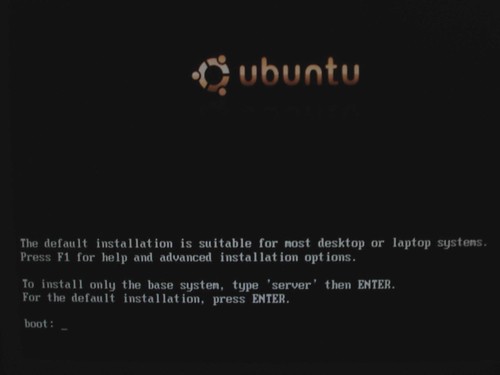
Select your language.
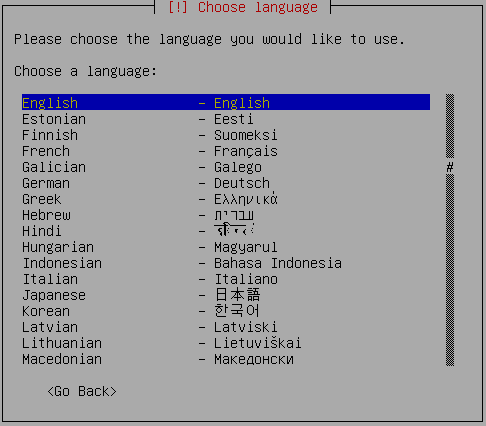
Choose English and press ENTER.
In the next screen choose your location.
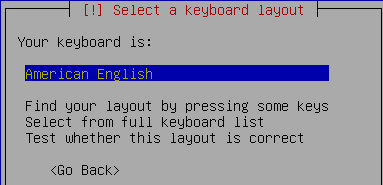
Then choose the Keyboard type, you can test which keyboard you have (if you are not sure) but in all probability, it'll be English (American).
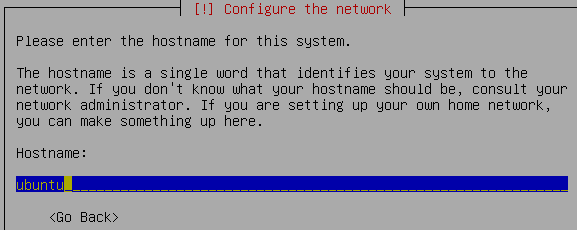
Now give the name of your computer to identify it on your Local Area Network (LAN), don't worry if you are not just type any identifying name. This is similar to your computer name that you see while browsing the "Network neighbourhood" in Windows.
Now comes the most important part Do not press ENTER without double-checking what the computer is saying as it can erase your entire disk.
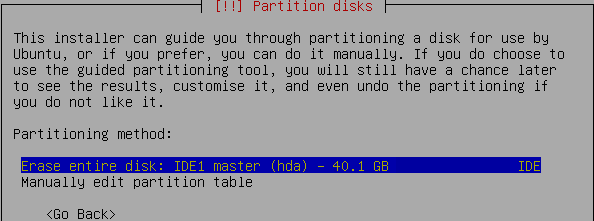
Choose "Manually edit partition table", I don't think any of you would want to erase your complete disk!
In the next dialog, select your 'ext3' type partition (that you had created previously) and press Enter to see another dialog similar to this.
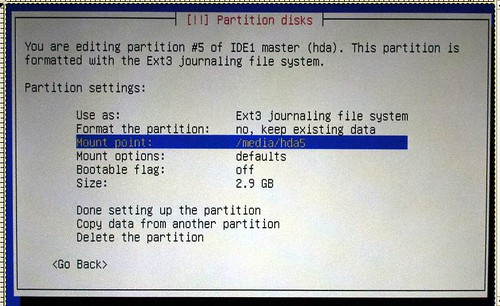
Format the partition if you are not upgrading from an existing installation. Next goto the 'Mount Options' and press Enter, you will see a screen like this.
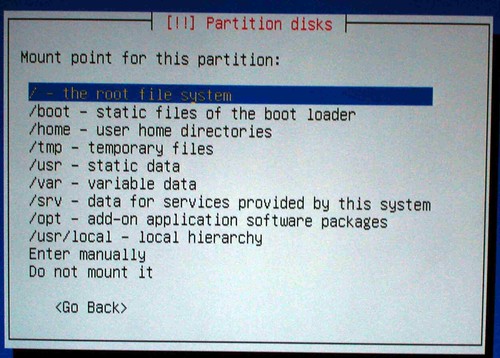
Choose the first option for 'the root filesystem' and press Enter.
There's no need to modify any options for the Windows Partitions they will be just fine!
The next step may ask you to install a boot-loader GRUB and will also detect your existing OS, just accept the default options and it will be OK.
That's it, you will have installed Ubuntu!